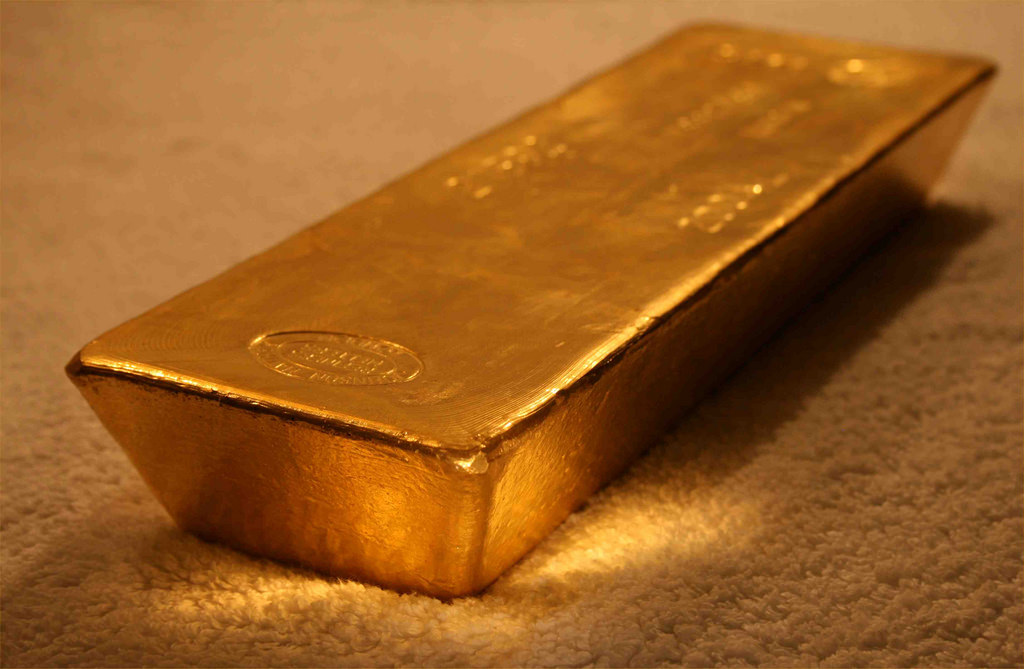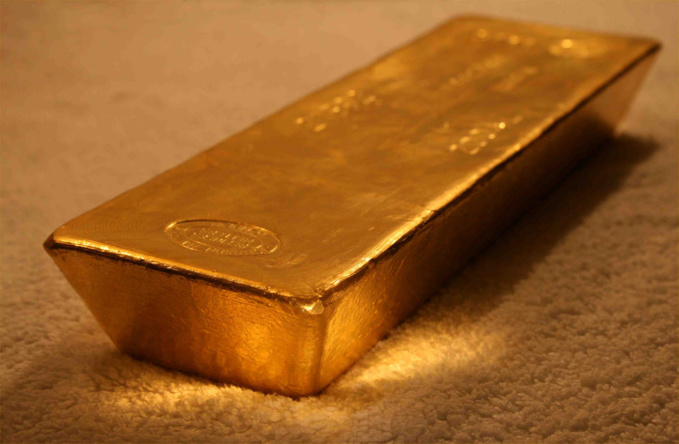A thesis that the global monetary system is ripe for conversion into a multi-currency one sounds increasingly often nowadays. Some countries are preparing to move from discussions to practical steps. Russia, China, Turkey and Iran intend to trade among themselves using national currencies, and other countries are more likely to join them later. Already in 2019, we can see surprises for the dollar, which will weaken its position in the international arena.
For financial and commodity markets, the de-dollarization process may turn out to be damaging, as the very foundations of the world monetary system, which has existed in its current form for more than 40 years, will be affected. In 1976, the IMF member states adopted an agreement that put an end to the rigid pegging of national currencies to the American dollar, and, consequently, to - gold. The model was replaced by floating exchange rates using the dollar as a reserve currency and the main means of payment.
At the same time, gold consistently retained the reputation of a reliable protective asset, in spite of having lost its status of the ultimate “measure of everything”. For example, during the global crisis of 2008, gold was one of the few safe havens that saved investors' capital. In the new multi-polar monetary system, the features of which are now emerging, this metal will also occupy a unique place.
According to Metals Focus, about 190,000 tons of gold have been mined in the entire history of the planet. In the XXI century, the annual extraction of the precious metal exceeded 3000 tons, its pace grew, but the cost increases due to exhaustion of easily accessible deposits. The deposits of gold ore are not unlimited: proven reserves are estimated at 55,000 tons, another 110,000 are in hard-to-reach deposits. Calculations show that by 2070 “all the gold of the world” can be extracted from the depths, and only the Moon or asteroids will be left for further exploration. It looks like a fantasy now, but it is theoretically possible.
We can find approximately 45% of the mined gold in the form of jewelry and coins; the same amount is stored for investment purposes in banks and central banks, another 10% is used in industrial and medical products. Demand from the population is generally stable and will increase as the standard of living in developing countries rises. Technological consumption of gold is growing year by year because of its active use in gadgets and other equipment; this trend is expected to continue in the foreseeable future.
The most active buyers of gold now are central banks of different countries. At that, institutional investors and individuals have somewhat reduced investments in precious metals due to the stagnation of prices for it. But in the future, these categories of market players will also fuel investment demand, especially during periods of instability on the stock exchanges. There is no reason to think that gold will lose its value characteristics and cease to play the role of a safe haven, and the popularization of the gold ETF and the development of digital distribution channels create additional prerequisites for increasing private investment.
So far, the annual supply of mined and processed gold exceeds the global demand by 7%, that is, the market is more or less balanced. Against this background, prices demonstrate remarkable constancy - in recent years, the range of fluctuations amounted to approximately 10%. Reuters consensus forecast for 2019 also assumes that the average cost of a troy ounce will remain at $ 1,350.
source: forbes.com, reuters.com
For financial and commodity markets, the de-dollarization process may turn out to be damaging, as the very foundations of the world monetary system, which has existed in its current form for more than 40 years, will be affected. In 1976, the IMF member states adopted an agreement that put an end to the rigid pegging of national currencies to the American dollar, and, consequently, to - gold. The model was replaced by floating exchange rates using the dollar as a reserve currency and the main means of payment.
At the same time, gold consistently retained the reputation of a reliable protective asset, in spite of having lost its status of the ultimate “measure of everything”. For example, during the global crisis of 2008, gold was one of the few safe havens that saved investors' capital. In the new multi-polar monetary system, the features of which are now emerging, this metal will also occupy a unique place.
According to Metals Focus, about 190,000 tons of gold have been mined in the entire history of the planet. In the XXI century, the annual extraction of the precious metal exceeded 3000 tons, its pace grew, but the cost increases due to exhaustion of easily accessible deposits. The deposits of gold ore are not unlimited: proven reserves are estimated at 55,000 tons, another 110,000 are in hard-to-reach deposits. Calculations show that by 2070 “all the gold of the world” can be extracted from the depths, and only the Moon or asteroids will be left for further exploration. It looks like a fantasy now, but it is theoretically possible.
We can find approximately 45% of the mined gold in the form of jewelry and coins; the same amount is stored for investment purposes in banks and central banks, another 10% is used in industrial and medical products. Demand from the population is generally stable and will increase as the standard of living in developing countries rises. Technological consumption of gold is growing year by year because of its active use in gadgets and other equipment; this trend is expected to continue in the foreseeable future.
The most active buyers of gold now are central banks of different countries. At that, institutional investors and individuals have somewhat reduced investments in precious metals due to the stagnation of prices for it. But in the future, these categories of market players will also fuel investment demand, especially during periods of instability on the stock exchanges. There is no reason to think that gold will lose its value characteristics and cease to play the role of a safe haven, and the popularization of the gold ETF and the development of digital distribution channels create additional prerequisites for increasing private investment.
So far, the annual supply of mined and processed gold exceeds the global demand by 7%, that is, the market is more or less balanced. Against this background, prices demonstrate remarkable constancy - in recent years, the range of fluctuations amounted to approximately 10%. Reuters consensus forecast for 2019 also assumes that the average cost of a troy ounce will remain at $ 1,350.
source: forbes.com, reuters.com



















